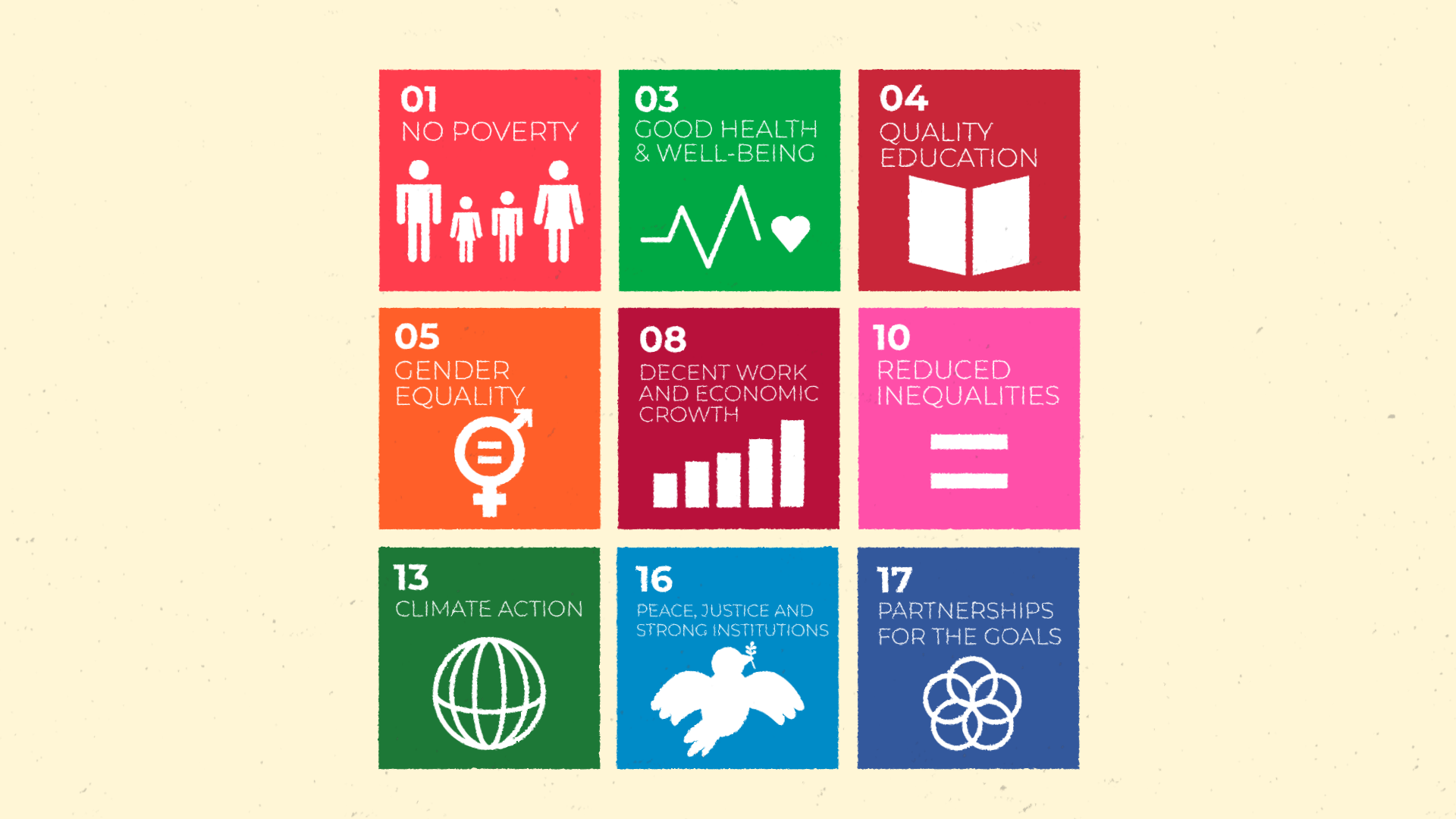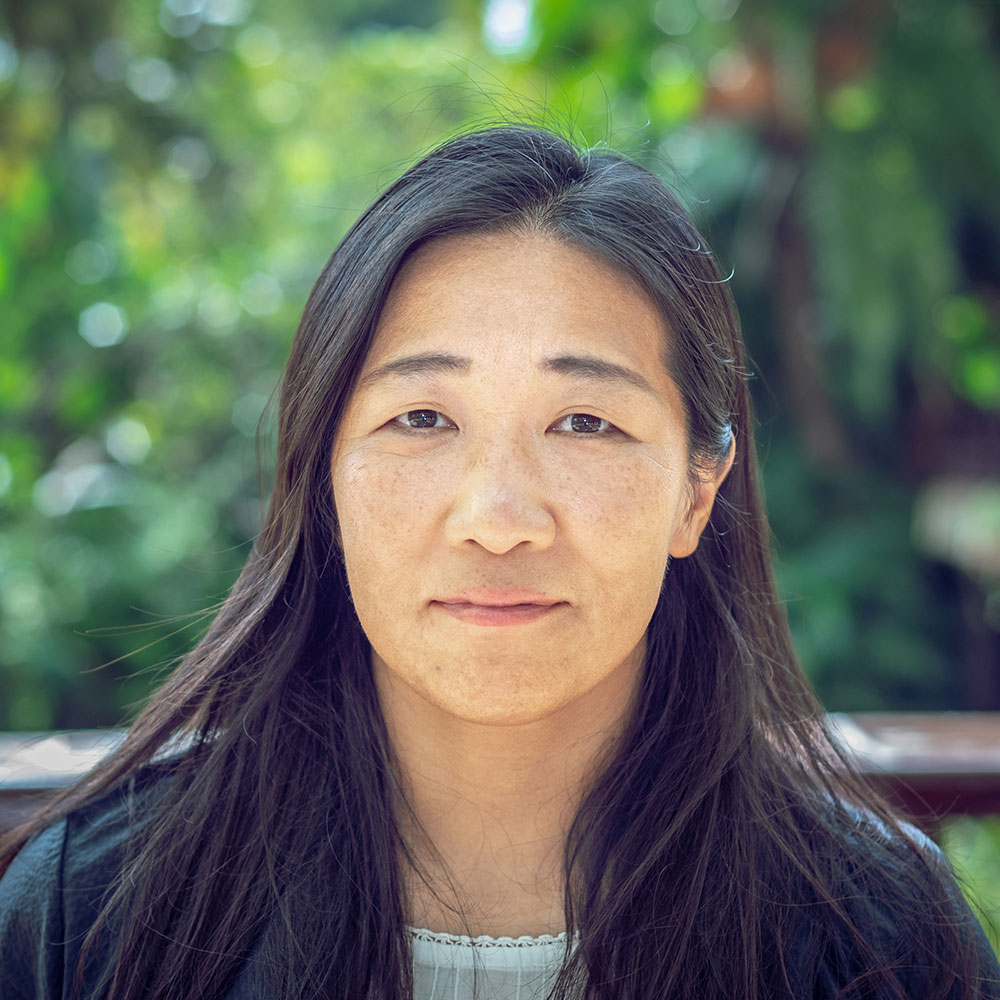Dalberg uses cookies and related technologies to improve the way the site functions. A cookie is a text file that is stored on your device. We use these text files for functionality such as to analyze our traffic or to personalize content. You can easily control how we use cookies on your device by adjusting the settings below, and you may also change those settings at any time by visiting our privacy policy page.
Climate Change, Conflict, and even COVID-19 have increased the threat of Commercial Sexual Exploitation of Children (CSEC)
On any given day, human traffickers sexually exploit millions of children. A study from 2002 pegs this number anywhere between 2 million-10 million. This abuse is intensified by widespread displacement, extreme poverty, and resource scarcity. In recent years, CSEC has become even more pervasive, with the proliferation of the internet making it easier for potential perpetrators to access children. As a result, North America and Europe are registering higher rates of online exploitation of children, despite CSEC having historically been more prevalent in the Global South. Emerging data also points to online forums increasingly using artificial intelligence (AI) tools to create and distribute sexual images depicting children. For instance, the U.S. National Center for Missing and Exploited Children received 4,700 reports in 2023 about AI-generated content that depicted child sexual exploitation In regions like the drought-stricken Horn of Africa, underage girls are traded into child marriage in exchange for livestock. Ukraine faces its own crisis, with millions of displaced children vulnerable to trafficking due to the ongoing conflict. In the U.K., the COVID-19 lockdown exacerbated online sexual crimes against children, seeing a disturbing 20% rise as youngsters spent more time online. These alarming trends underscore the global escalation of CSEC, demanding urgent attention and action.
There are clear interlinkages between CSEC and wider development priorities
 Figure 1. Source: Dalberg analysis. Confronting a Changing Paradigm: A Learning Document for Philanthropists and Changemakers to Keep Children Safe from Commercial Sexual Exploitation. Dalberg, 2023. The debilitating trauma of sexual abuse leads to wide-ranging consequences that ripple through a survivor’s life. One of the areas in which it has a long-lasting impact is educational outcomes. According to a 2019 study by the Delhi Commission for Protection of Child Rights (DCPCR), one out of every three children who have faced sexual abuse dropped out of school. Dalberg’s analysis also shows that children who have experienced sexual abuse are more likely to have depression, engage in substance abuse, and practice self-harm. Further, CSEC survivors are 14–16 times more likely to perpetrate violence or sexual intimate partner violence as adults, contributing to a continuing cycle of abuse. Detailing a way forward to meet the urgent need for funding in CSEC, a learning document created by Dalberg, with the support of UBS Optimus Foundation, notes: “The negative impact of sexual exploitation undermines all other investments in children—it lasts a lifetime and impacts not only individuals but also their families and broader society in ways that are inconspicuous.” The challenge remains that CSEC is thought of as a “niche” and a problem too intractable for potential investments. But the universal severity of the issue makes investing in it imperative. Furthermore, funding CSEC interventions can have compounding effects on positive development outcomes across the Sustainable Development Goals (SDGs).
Figure 1. Source: Dalberg analysis. Confronting a Changing Paradigm: A Learning Document for Philanthropists and Changemakers to Keep Children Safe from Commercial Sexual Exploitation. Dalberg, 2023. The debilitating trauma of sexual abuse leads to wide-ranging consequences that ripple through a survivor’s life. One of the areas in which it has a long-lasting impact is educational outcomes. According to a 2019 study by the Delhi Commission for Protection of Child Rights (DCPCR), one out of every three children who have faced sexual abuse dropped out of school. Dalberg’s analysis also shows that children who have experienced sexual abuse are more likely to have depression, engage in substance abuse, and practice self-harm. Further, CSEC survivors are 14–16 times more likely to perpetrate violence or sexual intimate partner violence as adults, contributing to a continuing cycle of abuse. Detailing a way forward to meet the urgent need for funding in CSEC, a learning document created by Dalberg, with the support of UBS Optimus Foundation, notes: “The negative impact of sexual exploitation undermines all other investments in children—it lasts a lifetime and impacts not only individuals but also their families and broader society in ways that are inconspicuous.” The challenge remains that CSEC is thought of as a “niche” and a problem too intractable for potential investments. But the universal severity of the issue makes investing in it imperative. Furthermore, funding CSEC interventions can have compounding effects on positive development outcomes across the Sustainable Development Goals (SDGs).
Safeguarding children’s right to a safe and violence-free childhood links to almost all funder priorities, including climate change, technology, gender equality, livelihoods, health, and education.
CSEC inhibits progress towards a wide array of Sustainable Development Goals (SGDs)
 Figure 2. Source: Dalberg analysis. Confronting a Changing Paradigm: A Learning Document for Philanthropists and Changemakers to Keep Children Safe from Commercial Sexual Exploitation. Dalberg, 2023.
Figure 2. Source: Dalberg analysis. Confronting a Changing Paradigm: A Learning Document for Philanthropists and Changemakers to Keep Children Safe from Commercial Sexual Exploitation. Dalberg, 2023.
Private philanthropists can effectively solve underfunding in CSEC
Much of the support for child protection comes from public institutions, international aid, and multilateral organizations. However, interventions to address CSEC remain severely underfunded — Dalberg analysis from 2023 indicates an annual gap of $800 million1, 2 . Within this landscape, private philanthropists are uniquely placed to support systemic change given the flexibility of their funds The priority now for private philanthropy is to scale interventions that work and address gaps across the child safety value chain.  The first of these is prevention—the most cost-effective lever—to minimize CSEC by addressing underlying root causes such as poverty and prevalent social norms that make violence against girls culturally acceptable. For instance, an intervention by Save the Children tackled problems such as livelihood options and existing social norms through grassroots community-led initiatives for anti-trafficking in Indonesia. Within a year, these interventions resulted in a complete reduction in victimization and increased conversations around issues of sexual exploitation and yielded indirect benefits for about 20,000 individuals. The second is justice, which in many cases requires building capacity of the justice system to prosecute and deter perpetrators. Freedom Fund’s comprehensive hotspot model, with a focus on building local organizations’ capacity to deliver legal and social services while advocating for policy change, resulted in a 60% reduction in minors working at adult entertainment venues in Nepal. The third is survivor support, to help survivors access high-quality reintegration services. This entails programs that are led by professionals who are sensitive, build trust-based relationships, and prioritize children’s safety, agency, and access to rights. A project by Justice and Care that aimed to provide aftercare to survivors and help them rebuild their lives resulted in revictimization rates dropping to zero between July 2020 and December 2021. The Justice Hope and Liberty collaborative, initiated by UBS Optimus Foundation, involves the Justice and Care and Freedom Fund working on complimentary programs to build an ecosystem that mobilizes all relevant stakeholders to end CSEC in Bangladesh. While these examples illustrate some of the interventions that have shown results, there are several other actors working to push the needle on the issue. The opportunity is ripe for private philanthropists to lean in and support this overlooked and underfunded issue. For those interested in catalytic philanthropy, investing to combat CSEC has compound returns. Stopping this cruelty towards children not only has a profound impact on lives but also a lasting impact on societies burdened by the crime. When human capital flourishes and contributes at its healthiest, societies grow. Bringing an end to CSEC reaps important dignity dividends as well as development dividends.
The first of these is prevention—the most cost-effective lever—to minimize CSEC by addressing underlying root causes such as poverty and prevalent social norms that make violence against girls culturally acceptable. For instance, an intervention by Save the Children tackled problems such as livelihood options and existing social norms through grassroots community-led initiatives for anti-trafficking in Indonesia. Within a year, these interventions resulted in a complete reduction in victimization and increased conversations around issues of sexual exploitation and yielded indirect benefits for about 20,000 individuals. The second is justice, which in many cases requires building capacity of the justice system to prosecute and deter perpetrators. Freedom Fund’s comprehensive hotspot model, with a focus on building local organizations’ capacity to deliver legal and social services while advocating for policy change, resulted in a 60% reduction in minors working at adult entertainment venues in Nepal. The third is survivor support, to help survivors access high-quality reintegration services. This entails programs that are led by professionals who are sensitive, build trust-based relationships, and prioritize children’s safety, agency, and access to rights. A project by Justice and Care that aimed to provide aftercare to survivors and help them rebuild their lives resulted in revictimization rates dropping to zero between July 2020 and December 2021. The Justice Hope and Liberty collaborative, initiated by UBS Optimus Foundation, involves the Justice and Care and Freedom Fund working on complimentary programs to build an ecosystem that mobilizes all relevant stakeholders to end CSEC in Bangladesh. While these examples illustrate some of the interventions that have shown results, there are several other actors working to push the needle on the issue. The opportunity is ripe for private philanthropists to lean in and support this overlooked and underfunded issue. For those interested in catalytic philanthropy, investing to combat CSEC has compound returns. Stopping this cruelty towards children not only has a profound impact on lives but also a lasting impact on societies burdened by the crime. When human capital flourishes and contributes at its healthiest, societies grow. Bringing an end to CSEC reaps important dignity dividends as well as development dividends.
This article is based on a learning document created by Dalberg, with the support of UBS Optimus Foundation, titled “Confronting a Changing Paradigm: A Learning Document for Philanthropists and Changemakers to Keep Children Safe from Commercial Sexual Exploitation.”
To know more, contact:




